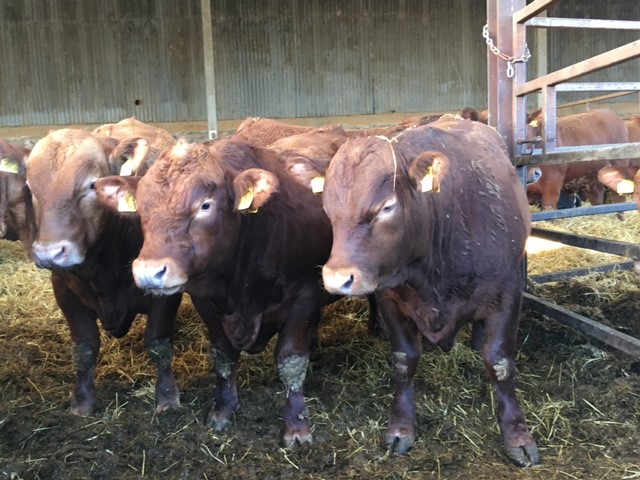Keeping Male Calves Entire?
18 January 2021With calving either started or not far away, on many farms, now is the time for breeders to consider whether they castrate their bull calves or keep them entire.
Young bulls have good growth rates averaging around 1.6kg DLWG and from a carbon emissions perspective they have the lowest carbon footprint as they are one of the quickest finishing systems we have. (Less time on farm = lower carbon footprint)
If you are looking to sell these animals as stores p/kg difference between a steer and a young bull is usually in the region of 20-30p/kg as there are less buyers for store bulls and often these bulls will take a growth check due to the stress of haulage and most likely a significant change in diet. Young bulls may need a few weeks to get moving again.
If you plan to take these animals through to finishing yourself the key considerations would be:
- Discuss with your buyer – ensure there is a market for these bulls, fully understand price difference between bulls and steers and the weight and grade specifications required to be met to maximise the price paid for these bulls.
- Bulls may be paid less p/kg DW than steers but their weight, grade and less time on farm should make them comparable to steers. Remember breed premiums don’t normally apply to young bulls.
- They need intensively fed from weaning (if not before) to ensure adequate weight gain and that they are finished in the narrow 12-16 month age specification.
- Heifer calves being caught by bulls is an increasing problem. Batching cows and calves into heifer calf and bull calf groups from 6 months of age is a good way to avoid unwanted pregnancies.
- Bull systems use very intensive finishing systems and require careful transition on to full finishing diet to decrease acidosis risk.
- Suited to arable / mixed farms where there is straw and grain available as they require ad-lib straw in diet (in addition to bedding).
- When housed ideally kept in separate sheds from heifers / cows to avoid any excitement/distractions reducing the bulls’ performance and reduce the risk of fighting in the bull pen.
- When housed avoid mixing groups of bulls as they will have a hierarchy and mixing will risk fighting and injury, again reducing growth rate. If bulls must be mixed, consider doing it outside in a handling area which would be a neutral environment for them.
- Regular weighing once they are up to age to monitor weight to ensure they are within specification, with a greater kill out percentage than steers (55-60% KO breed dependant).
- Ensure adequate safety measures are in place for individuals working with the bulls.
- Stress levels need to be kept to a minimum (especially in the lead up to slaughter) to reduce the risk of ‘dark cutting meat’ which can lead to the meat being rejected from the customer.
Finishing young bulls does have its challenges and requires careful management, however when done right it can be a very efficient enterprise and return a good margin.
Lesley Wylie, Lesley.wylie@sac.co.uk
Sign up to the FAS newsletter
Receive updates on news, events and publications from Scotland’s Farm Advisory Service

